KIT contributes to the research program "Changing Earth - Sustaining our Future" in the Helmholtz Research Field Earth and Environment.
The atmosphere is the Earth's thin protective layer that shields us from harmful radiation, moderates temperature differences, and redistributes thermal energy, water, and pollutants: Almost all life depends on it. This protective function is maintained by delicate balances and is vulnerable to global changes in climate and land use. The main drivers of climate change are the radiative effects of greenhouse gases and aerosols, which affect the composition and impact of the atmosphere on all aspects of societal activities.
We are developing seamless observational and modeling techniques to unravel the complex interactions of climate change between the atmosphere, land surface, and ocean. As focal areas, we are investigating changes in air quality - globally and in urban areas - the internal causes and effects of climate change through feedbacks, and what kinds of weather and extremes we will need to prepare for in the future. Advances in these areas are paramount for reliably assessing the state of the Earth system and for predicting and projecting global changes on our future living conditions.
[more]
Our research follows a holistic approach: we develop cross-scale observational and modeling solutions for improved atmospheric forecasts and regional climate projections with unprecedented resolution. We strive to observe, understand, and predict atmospheric phenomena and process chains from their origin to climate change impacts in the atmosphere, particularly in their interactions and feedbacks with the land surface, biosphere, cryosphere, oceans, and near-Earth space. Through our work, we can assess the physical, chemical, and socio-ecological consequences of atmospheric change and its impact on climate, extreme weather, and land ecosystem functioning.
In doing so, we increase knowledge to address societal challenges such as global warming, growing world population, land use change, air quality, water availability, and energy and mobility change. Our atmospheric and climate observation and modeling activities provide the scientific basis of sustainable development strategies for the benefit of society, ecosystems, and climate mitigation and adaptation combined with economic risk reduction.

PD Dr. Ralf Sussmann at MAI THINK Gas leaks in Germany: Completely uncontrolled? on ZDF. Interview and background information on leaks, dealing with leaks, methane emissions and the EU Methane Regulation (minute 25:00).
more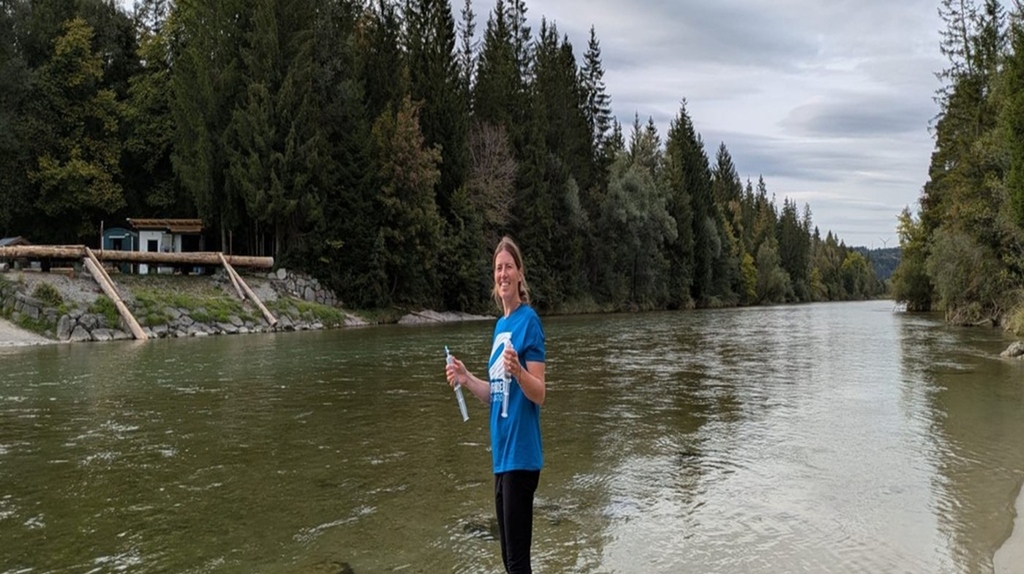
KIT Campus Alpin has developed a method that enables citizens to contribute actively to Greenhouse Gas Measurements. A Citizen Science Pilot Project by Surfrider Foundation Europe Germany e.V. and KIT Campus Alpine for GHG measurements in water bodies.
more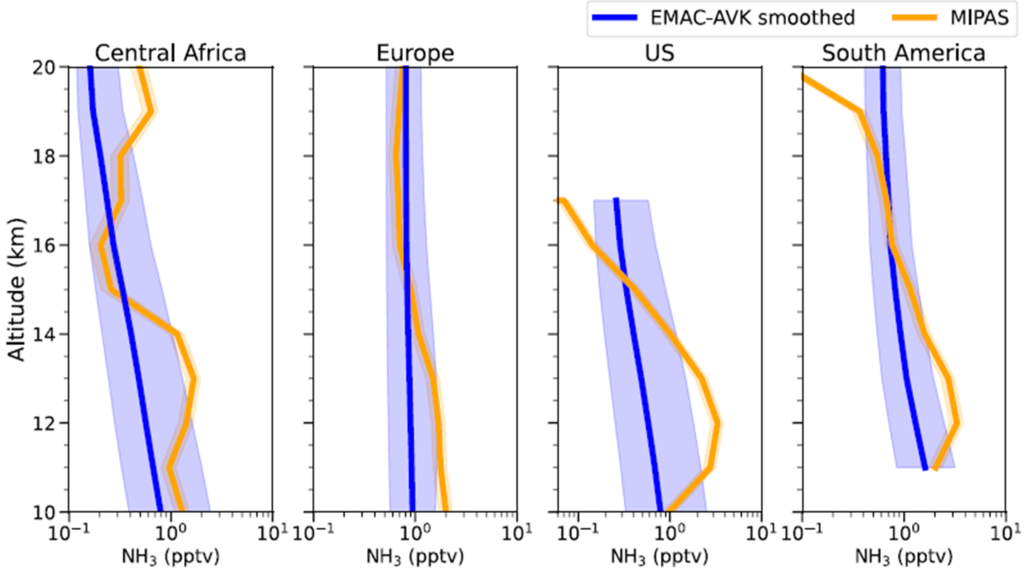
A recent paper published in PNAS evaluates the importance of ammonia (NH₃) for the formation and growth of new particles, and their effects on cloud condensation nuclei in the upper troposphere and lower stratosphere (UTLS). It is based on the detection of NH₃ and NH₄NO₃ in the UTLS by MIPAS/Envisat and GLORIA at IMKASF.
more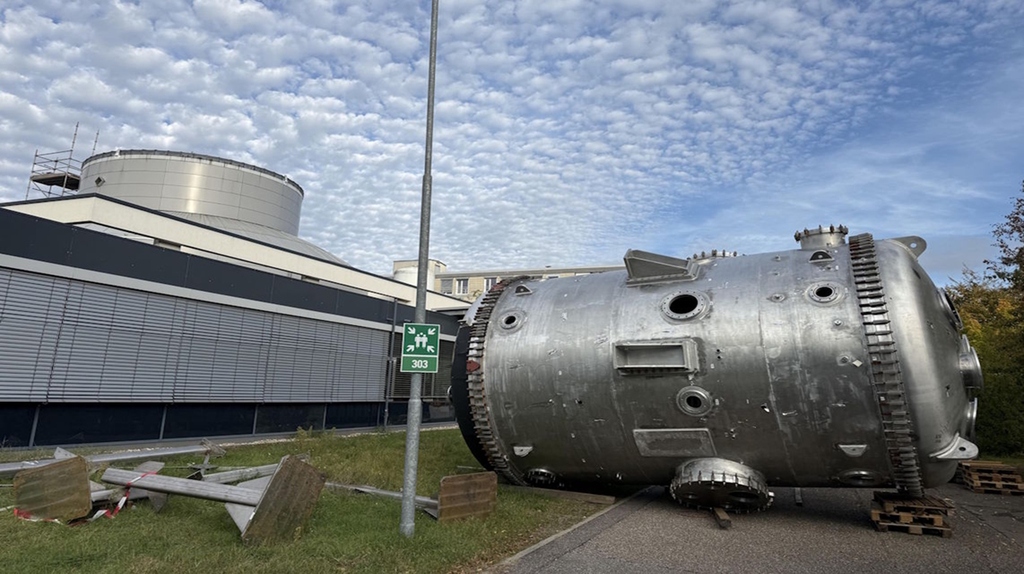
For almost 30 years, the KIT cloud chamber AIDA (Aerosol Interaction and Dynamics in the Atmosphere) was used for research on atmospheric aerosol and cloud processes. The research facility currently undergoes a complete renovation and will be replaced by the new atmospheric simulation chamber AIDAc2, where ‘”c2” stands for “cold and clean”. A major milestone of this project was reached on 29 September 2025, when the cloud chamber with a diameter of 4 m and a height of 7.5 m was moved from its place in the facility to the street in front of the building for its segmentation and proper disposal.
more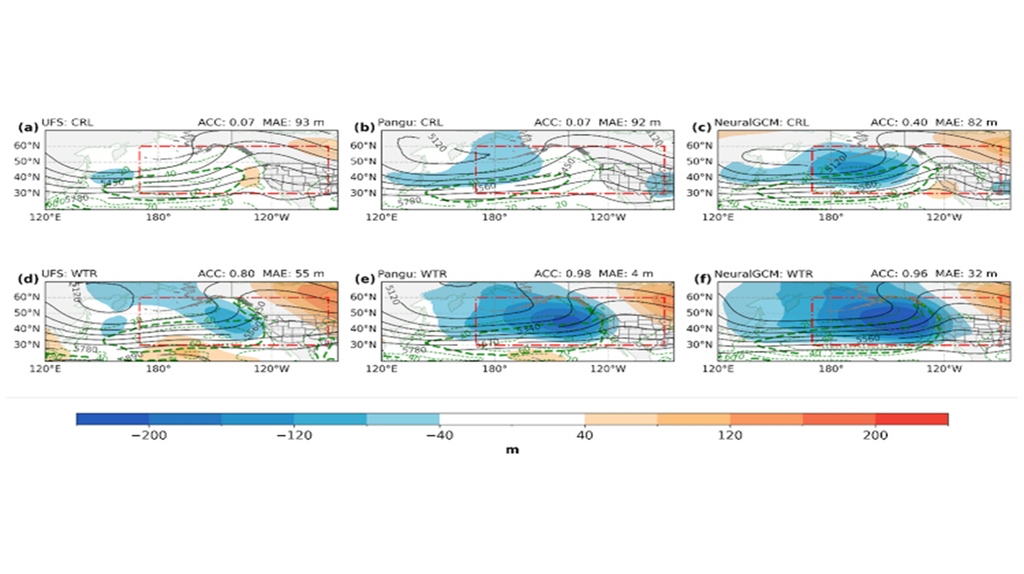
Scientists explore how computationally cheap machine learning-based weather prediction (MLWP) models may advance our understanding of tropical-extratropical teleconnections.
more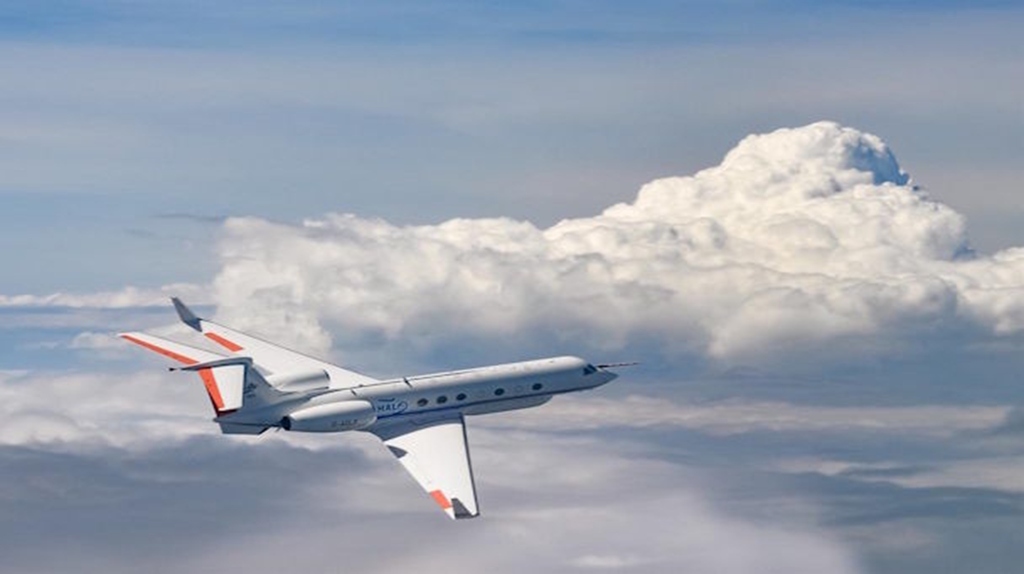
PINEair is a new version of the Portable Ice Nucleation Experiment PINE for aircraft-based measurements of ice-nucleating particles (INPs). For the first time, the instrument measures INPs onboard the German research aircraft HALO during the HALO-SOUTH mission, which targets aerosol-cloud interaction in the Southern Ocean region between New Zealand and Antarctica.
more